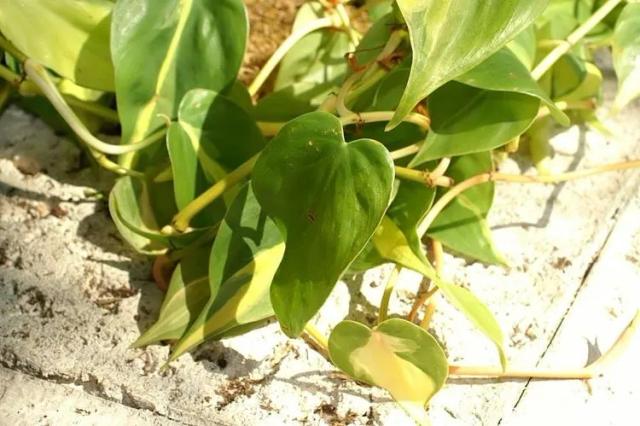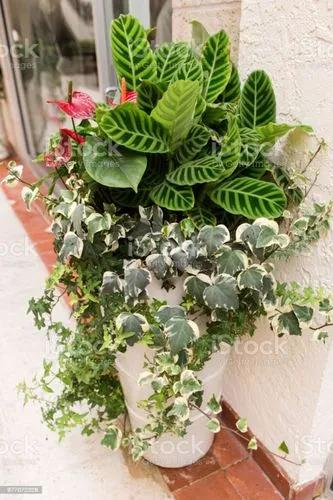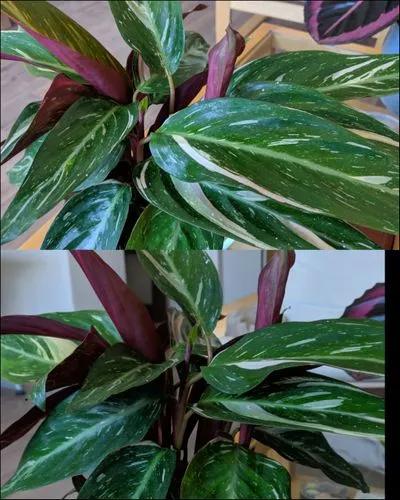Kassandra' is a vigorous, clump-forming, semi-evergreen to evergreen perennial bearing lobed, rounded leaves, orange, yellow, and bronze in spring, turning reddish-pink to maroon in summer. Slender, wiry stems bearing open panicles of white flowers in late spring and early summer. This one has a lot of interesting leaf changes throughout the growing season. It emerges caramel to orange in the spring and is maroon to reddish pink by the end of the season. Heuchera plants form round mounds with a woody rootstock or crown at their base. Small bell-shaped flowers appear in spring or early summer on tall stems. Rich in nectar, the flowers attract hummingbirds and butterflies, plus they make nice cut flowers. Their leaves are rounded, lobed, hairy, and evergreen or semi-evergreen, depending on the climate. Besides traditional green-leaved coral bells, new varieties of heuchera have leaves in shades of purple, rose, lime green, gold, and variegations in between. Heuchera are native North American plants that are at home in woodlands, rock gardens, containers, and borders. They can also be used as ground covers.
Kassandra Coral Bells Care
Heuchera 'kassandra'



How to Care for the Plant

Water

This plant has medium water needs. It likes consistently moist soil. Established plants will tolerate some drought, but an inch of water per week is best to keep it happy.

Fertilizer

Feed coral bells in the spring with a 1/2-inch layer of compost or a light amount of slow-release fertilizer. This plant has light feeding needs; you should avoid heavy applications of quick-release fertilizers, as this will inhibit flowering. Container-grown heuchera benefits from feeding with water-soluble fertilizer to replenish nutrients that leech from the soil.

Sunlight

Coral bells do best in partial shade, especially in hotter climates. The color can wash out in full sun, and too much heat and light can cause the leaves to scorch. If you grow yours in full sun, give it extra water. Heuchera's shallow roots will need extra moisture during hot, sunny days. Coral bells planted in damp shade can be prone to fungus diseases. If your plants start having problems, it's best to move them to a drier site.

Soil

Coral bells prefer humus-rich soil with a neutral to slightly acidic soil pH, somewhere between 6.0 and 7.0. Good drainage is a must, especially in shaded areas. Sitting in the damp soil will cause the crown to rot.

Temperature

Most coral bells are hardy in USDA hardiness zones 4 through 9, although hardiness does depend on the variety you are growing and how hot or cold it gets. In cold areas, coral bells crowns can heave above the soil line in the winter. Winter mulching will help prevent the freezing/thawing cycle that pushes the plants up. Check periodically to make sure the roots are not exposed.

Additional

You must be careful with this plant because the edges of the leaves of this plant are not sharp, but it doesn’t mean that the tips of the terminal spine are not sharp, but quite the contrary, they are quite sharp.

Popularity

110 people already have this plant 28 people have added this plant to their wishlists
Discover more plants with the list below
Popular articles






